Asset finance and invoice finance are two very different forms of business finance. Before committing to any finance arrangement, you need to carefully consider the features of each alternative and, of course, one of the biggest considerations will be the cost of the arrangement – firstly, you need to make sure you can afford the fees, charges, and repayments; and secondly, no business will want to pay more than they need to.
Cost examples
There isn’t an interest rate as such with invoice finance. Instead, the lender will take a small percentage of the value of each invoice – perhaps between 1.5% and 5% – as its fee. Fees associated with invoice finance include a credit management fee and a discount fee. This means that, if you issue £100,000 worth of invoices, and your total charges amount to 4%, the finance provider will take £4,000 from you, meaning that you can only retain £96,000.
An annual interest rate between 4% and 8% is often quoted for a hire purchase agreement. If you borrowed £50,000 over 48 months, with a representative APR of 7.9%, monthly repayments would be £925.28. When you include a final balloon payment of £16,956, it will take the total cost to £60,444.16.
Asset re-finance might have an interest rate of anywhere between 2% and 7%. If you re-financed £400,000 worth of machinery, and your agreement had a term of 36 months and an interest rate of 4.1%, you would pay back £12,477.78 per month and £449,200 in total over the term.
Asset leasing payments can be harder to estimate, but it’s possible that the rental payments you make will be equivalent to an interest rate of between 4% and 9%. If you lease an asset worth £100,000 over 48 months, at a rate of 4.34%, you would have to pay £2,445 each month and £117,360 in total.
The key factor when determining the cost of sale and leaseback is the Net Initial Yield. If the yield is 9%, then the annual rental on a £1 million property will be £90,000. If you pay £90,000 in rent over 15 years, you will therefore pay a total of £1.35 million.
How do these forms of finance work?
The terms asset finance and invoice finance encompass a number of different types of arrangement, indeed there are as many as four principal types of asset finance:
- Hire purchase (asset finance) – you identify an asset you wish to buy, and a finance provider purchases it on your behalf. You then pay this purchase price, plus interest, in instalments over the term of the agreement. After making a final, larger, payment at the end of the term, you become the legal owner of the asset
- Asset leasing (asset finance) – you identify an asset you would like to use and rent it from the provider for an agreed term. In exchange for the right to use the asset, you make regular lease payments. At the end of the term, you usually return the asset to the provider, although some agreements give you the option to buy
- Asset re-finance (asset finance) – you identify an asset which you already own, and which you wish to use as security for a loan. The finance provider lends you a sum of money against the value of the asset, and you can then use these funds for any business purpose, Meanwhile, you make regular repayments of the loan amount, plus interest and, in return, retain the right to continue to use the asset. You would have to surrender ownership of the asset to the provider during the repayment term, but would once again become the owner at the end of the agreement
- Sale and leaseback (asset finance) you identify an asset which you already own, and which you are prepared to sell to a finance provider in order to raise funds. The sale proceeds can be used for any business purpose. You then make rental payments to the provider for the right to continue to use the asset
- Invoice discounting (invoice finance) – when you issue an invoice to a business customer, the finance provider advances you a sum equivalent to a significant proportion of the invoice’s value. When your customer settles the invoice, you receive the remainder of the payment, less an amount which the lender retains as a fee. You remain responsible for chasing payment of each invoice
- Factoring (invoice finance) – the payment arrangement is the same as for invoice discounting, but here the principal difference is that the finance company takes over your credit control function and will chase payment of unpaid invoices on your behalf
Interested in asset or invoice financing options for your business? Visit Funding Bay.
Check out our Invoice Finance Calculator.



